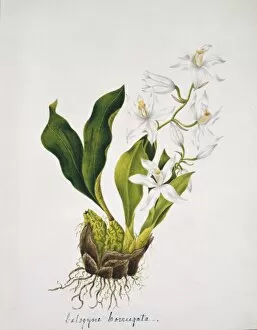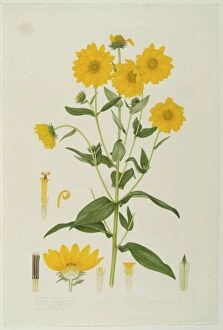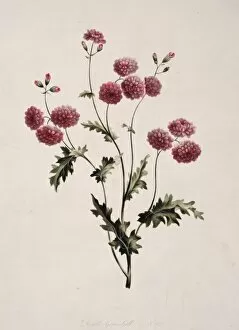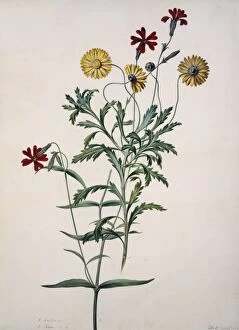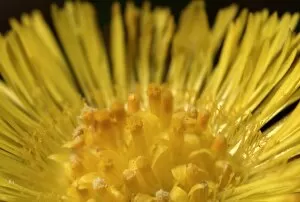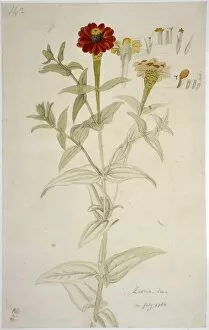Asterales Collection (page 9)
Asterales, also known as the Heathland, is a captivating world of vibrant colors and delicate blooms
All Professionally Made to Order for Quick Shipping
Asterales, also known as the Heathland, is a captivating world of vibrant colors and delicate blooms. In this enchanting landscape near Castellucio di Norcia, poppies and cornflowers dance in harmony, painting the fields with their radiant hues. The Dahlia pinnata stands tall amidst its companions, showcasing its intricate pinnate petals. As we wander deeper into the heathland, our eyes are drawn to a majestic sunflower standing proudly against the clear blue sky. Its golden face follows the sun's path throughout the day, spreading warmth and joy to all who behold it. Nearby, a dandelion reveals its fruiting head - nature's whimsical creation that carries wishes on every breeze. Dahlias of various species grace this picturesque scene with their diverse shapes and sizes. Each petal tells a unique story as they sway gently in the wind. A small pearl-bordered fritillary butterfly delicately rests upon an oxeye daisy nearby; their symbiotic relationship reminding us of nature's interconnectedness. In another corner of this magical land near Orvieto, Umbria in Italy, cornflowers bloom abundantly on fallow fields. Their intense blue petals create an awe-inspiring sight that captivates both heart and soul. Moving closer to civilization but still embracing nature's beauty lies a garden adorned with Michaelmas daisies (Aster amellus). These charming flowers bring life to any space they inhabit while inviting butterflies and bees to partake in their sweet nectar. Silybum marianum or milk thistle adds an unexpected touch of elegance with its spiky leaves and striking purple flowers. This resilient plant symbolizes hope amid adversity as it thrives even in challenging conditions. Our journey through Asterales concludes with a mesmerizing encounter between a white-legged damselfly peering curiously over an oxeye daisy.

